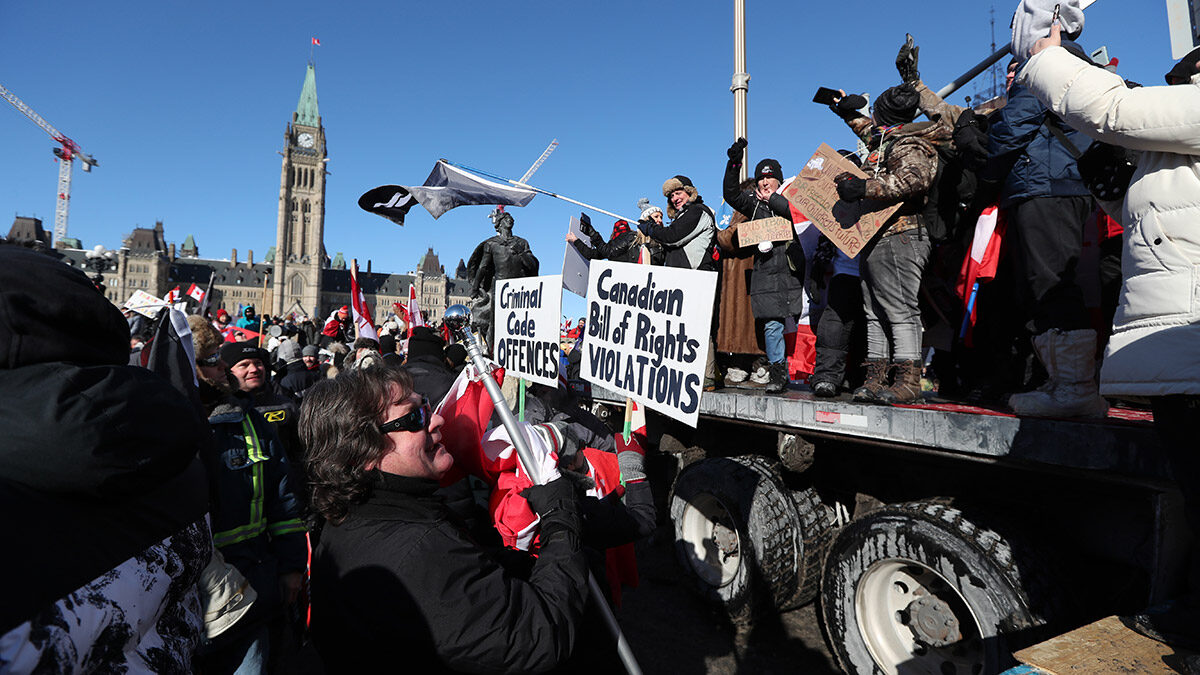The Freedom Convoy was a violent occupation that left Ottawans feeling hopeless. That sentiment was a central conclusion of Part One of the Ottawa’s People Commissions report on the weeks-long community crisis.
The OPC is a grassroots effort to promote healing and justice after the convoy occupation of Ottawa-Gatineau in 2022. The OPC gathered the feelings of more than 200 downtown residents through 14 hearings, eight community consultations and more than 75 written submissions. The initiative released “What We Heard,” a document that focuses on the feelings of downtown residents post-convoy.
Alex Neve is one of four Commissioners on the OPC who felt the biggest problem was the abandonment of human rights. In his reflections in the report, Neve, a former head of Amnesty International in Canada, said: “What has become distressingly evident to me, however, is that human rights were simply not in the frame at all as plans for anticipating, responding to and resolving the convoy crisis were being developed and operationalized.”
“The people of downtown Ottawa experienced the impact in real-time. They realized that they really needed some sort of avenue for people to share their experiences, leading to a deeper understanding of what happened,”
Alex Neve, Ottawa People’s Commissioner
The report’s inspiration stems from the lack of support and the absence of a method for downtown residents to air their grievances. Many residents said they felt unheard and unseen during this time and the OPC felt it a duty to give residents a platform.
“The people of downtown Ottawa experienced the impact in real-time. They realized that they really needed some sort of avenue for people to share their experiences, leading to a deeper understanding of what happened,” said Neve.
The 72-page report details what happened during the convoy, as well as 45 pages of testimonies.
“It was certainly a humbling testimony. Some people were sharing experiences that, for them, were painful and traumatizing. At the same time, people felt empowered and bolstered by having the opportunity to share their stories,” said Neve.
The OPC hopes that Part One of the report will stimulate a change of narrative in the media and among community members. For many residents, the convoy made them feel desperate and physically and emotionally ill.
“I felt trapped in my own apartment, felt threatened by the occupiers using the parking lot directly facing my building as a mustering point, and had ongoing headaches, likely due to the noise and fumes,” one resident said anonymously. Another named Allan said all he saw was fear when he walked up Kent Street every morning during the occupation.
Upon the release and subsequent reading by the community, Neve hopes that the narrative shifts as readers “broaden their understanding of what truly happened.” He believes that residents should feel understood, especially when it comes to feeling abandoned.
Commissioners expect Part Two of the report to be released in late March, which will include recommendations to all three levels of government.




